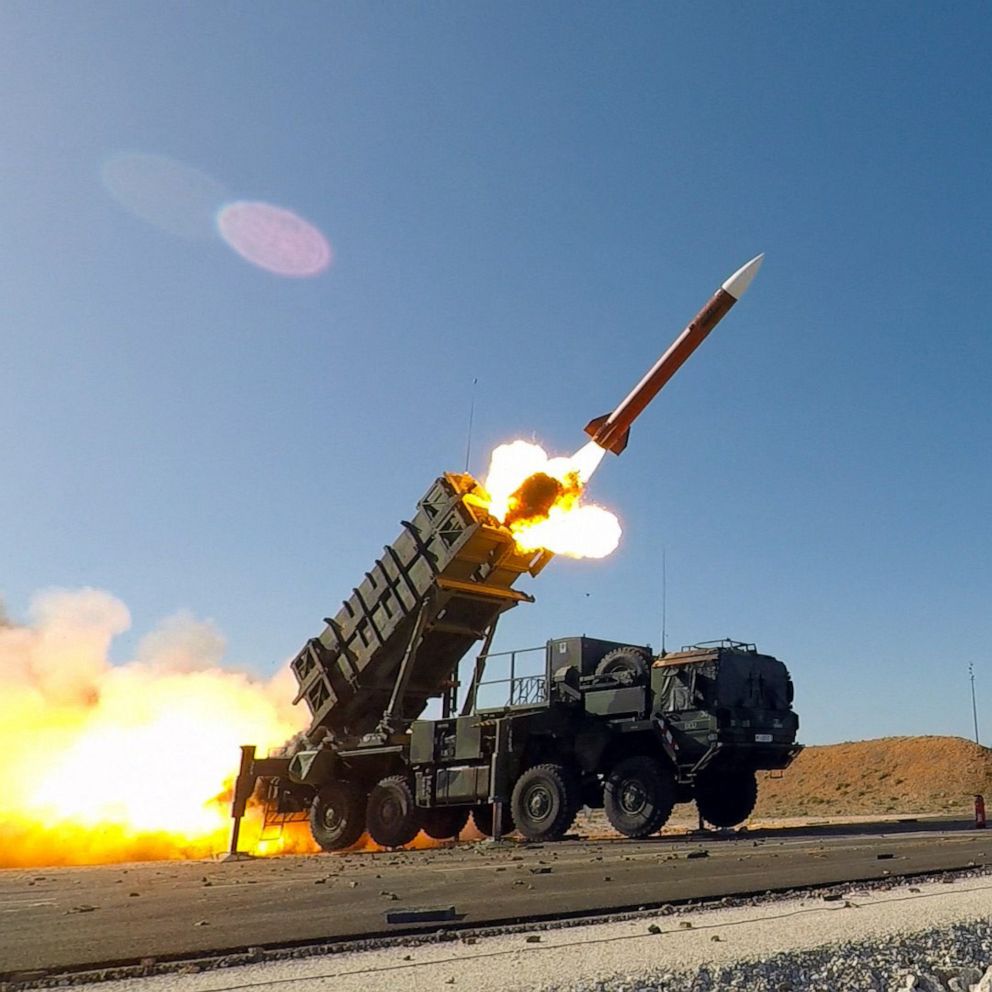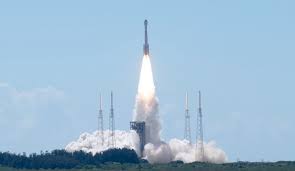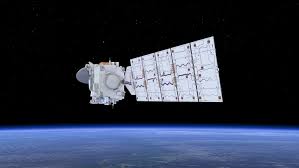The Patriot missile: what can it do for Ukraine?
As a prized shield against approaching missiles, Patriot missile systems have long been in high demand for the United States and its allies in contested regions of the world. They take precautions against prospective assaults from Iran, Somalia, and North Korea in Europe, the Middle East, and the Pacific.
The US’s decision to deliver a Patriot missile battery to Ukraine, which Ukrainian President Volodymyr Zelenskyy had requested for months to bolster his nation’s air defenses, was a crucial turning point.
US officials have confirmed the agreement, and an official statement is forthcoming. However, analysts warn that the device may not be a significant changer in the conflict because of its limited effectiveness.
What is the Patriot?
The Patriot is a surface-to-air guided missile that can hit airplanes, cruise missiles, and shorter-range ballistic missiles. Initially used, in the 1980s.
A ground radar, a control center, a generator, and an eight-launcher truck-mounted launching system with a capacity for four missile interceptors apiece make up each Patriot battery. There are presently 16 Patriot battalions, according to the Army. These battalions control 50 batteries with more than 1,200 missile interceptors, according to a 2018 assessment from the International Institute for Strategic Studies.
The US batteries are frequently deploy abroad. Additionally, the United Arab Emirates, Qatar, Romania, Sweden, Poland, Bahrain, the Netherlands, Germany, Japan, Israel, Saudi Arabia, Kuwait, Taiwan, Greece, Spain, South Korea, and the State of Kuwait are all operating or purchasing Patriots.
Tom Karako, director of the Missile Defense Project at the Center for Strategic and International Studies, called the Patriot system The theatre ballistic missile defense capacity that might assist in defending Ukraine against Iranian-supplied ballistic missiles, according to the report, which called it “one of the most widely deployed, dependable, and proven air missile defence systems out there.”
Patriot cost
The Patriot system and its missiles have seen constant improvement over time. According to CSIS’s July missile defense assessment, the Patriot system’s current interceptor missile costs around $4 million per round, while the launchers cost about $10 million each. At that expense, utilizing the Patriot to shoot down the significantly smaller and less expensive Iranian drones Russia has been acquiring and employing in Ukraine is neither cost-effective nor optimum.
Mark Cancian, a former colonel in the Marine Corps reserves and senior adviser at CSIS, stated that launching a $1 million missile at a $50,000 drone was a losing strategy.
Deployment concerns
It can take up to 90 troops to operate and maintain a Patriot battery. For months the US was hesitant to supply the sophisticated system because deploying troops into Ukraine would be against Biden’s policy.
However, there were also worries that the system’s deployment may anger Russia or risk a missile being fire and ending up within Russia, which would escalate the confrontation.
Officials claim that US reluctance to provide the Patriots was ultimately overcome by the urgent appeals of Ukrainian leaders and the severe destruction of the nation’s civilian infrastructure, including loss of electricity and warmth as winter drags on.
Training will be a major barrier. Ukrainian personnel will need to be train by US troops on how to operate and maintain the system. Soldiers from the Army assigned to Patriot battalions receive intensive training to detect a target, lock on with radar, and fire.
Patriot capabilities
The Patriot is effective against some Russian threats that Ukraine faces but is less effective against others.
According to a former senior military source, the Patriot system will be effective against short-range ballistic missiles and send a clear message of US support. Still, one battery won’t be able to turn the tide of the conflict.
The official highlighted that one Patriot battery has a long shooting range but can only cover a small, broad region because the Ukraine contract has not yet been made public. Patriots, for instance, can successfully guard a tiny military outpost but fall short of protecting an enormous city like Kiev. They were only able to offer coverage for a portion of the city.
Patriots are frequently sent out in battalions, each of which has four batteries. It won’t be the case with Ukraine, which officials indicated would receive one battery.
The Patriot has a more potent radar than the Soviet-era S-300 system the Ukrainians have been employing, which is better at differentiating targets. Still, it has limitations, according to both Karako and Cancian.
Beyond its capabilities, the Patriot’s deployment represents a significant show of support for Ukraine.



